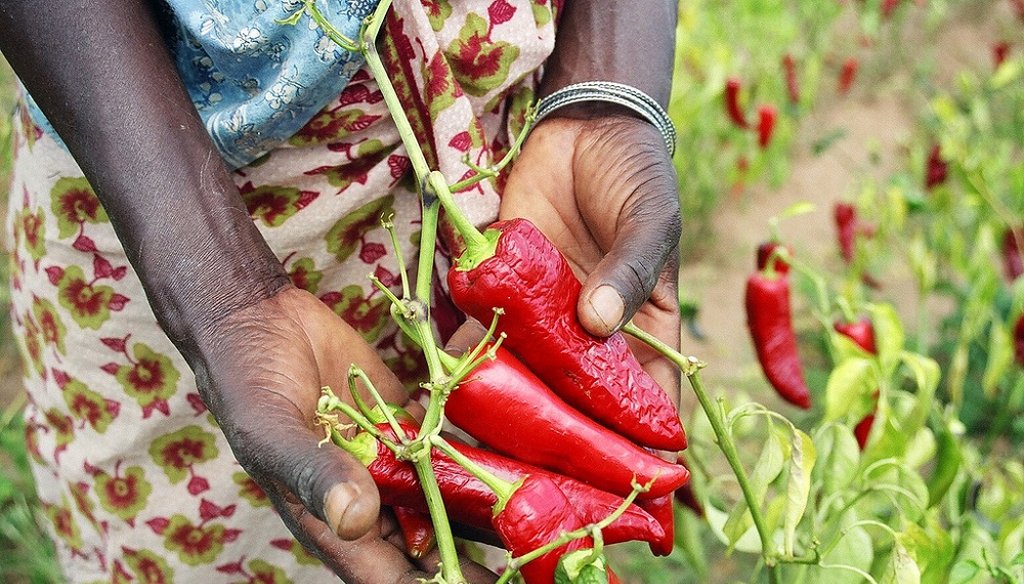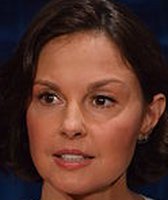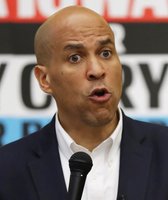Stand up for the facts!
Our only agenda is to publish the truth so you can be an informed participant in democracy.
We need your help.
I would like to contribute

A farmer shows off her crop of paprika peppers in Mang'alali village, Iranga region. (Photo USAID)
You’ve heard it before: Congress is broken, gridlocked, polarized, partisan, do-nothing, can’t-do-anything, won’t-do-anything. But the deeply unpopular governing body is actually, well, governing in one policy area: global development.
An upbeat video from the U.S. Global Leadership Coalition, a network of hundreds of businesses and nonprofits, trumpets the bipartisan work of lawmakers on major pieces of legislation, from human trafficking and poaching to supporting power generation and small farmers.
"There’s still a lot that brings us together, both Republicans and Democrats," a handful of lawmakers on foreign relations committees say in the video. "A consistent bipartisan effort to help lift people out of poverty around the world."
We scrutinized several points in the video to see how the substance of the new laws stacked up against the officials’ claims.
Turning the lights on in Africa
Passed in February 2016, the Electrify Africa Act "is a step towards fulfilling America’s promise to reach 50 million people in Africa and create 30,000 megawatts of generation capacity," said Sen. Chris Coons, D-Del.
The backstory is that President Barack Obama in 2013 launched Power Africa to address the contintent’s energy poverty, an initiative involving 12 U.S. agencies led by the White House and the United States Agency for International Development, or USAID.
The mission of Power Africa is to secure financing from national and international bodies as well as private companies, and then develop electricity projects and provide technical on-the-ground assistance to see the projects through.
The bill Obama signed this year codifies Power Africa into law, ensuring that the initiative will outlast his presidency. Many in the development community applauded the legislation for taking a step to reduce extreme poverty.
But the project is not without critics. U.S. and African climate action advocates have blasted the bill as a giveaway to fossil fuel companies as it greenlights projects that use coal and gas. Some in the global development community have noted that Power Africa does little to address inequities in power distribution, and point to the lack of transparency and local partnerships. Others in the business community contend there’s too much red tape.
And then there’s the issue of its slow progress. Two years after its launch, the initiative had yet to actually deliver electricity as of July 2015, the New York Times reported. By July 2016, Power Africa had generated just 374 megawatts from six sizeable power projects, according to the Financial Times.
According to Power Africa’s latest annual report the initiative has helped secure financing for projects that will generate 4,600 megawatts. A USAID spokesman told PolitiFact that as of Dec. 21, 2016, these projects are already generating 1,000 megawatts.
USAID expects about 18,000 to 21,000 megawatts will be online by 2030, short of its 30,000 megawatts goal, though a spokesman said the initiative is still on track.
Tackling hunger and poverty
The Global Food Security Act, passed in July 2016 with fanfare from poverty and food security advocates, provides over $2 billion to fund the Obama administration’s 2010 Feed the Future initiative, appropriates $5.5 billion in cash for emergency food security needs, and improves coordination and transparency across federal agencies.
Feed the Future works with agribusinesses and 19 partner countries — selected based on high rates of hunger and investment potential — to develop plans to tackle food insecurity and provide technical and monetary assistance for small farmers.
Like the Electrify Africa Act, the bill "does not create or radically alter existing tools used to fight global hunger," according to the United Nations World Food Programme. "Nevertheless, it does formalize the progress made over the past decade and the continuing success of programs it authorizes."
By doing this, the bill codifies policies "already lifting millions of farmers out of poverty and providing millions of children with nutritional support," Sen. Johnny Isakson, R-Ga., and Rep. Betty McCollum, D-Minn., say in the video.
These numbers are backed by the latest annual report on Feed the Future, published in October 2016. It says the initiative boosted smallholder farmers’ incomes by more than $800 million in 2015, and helped feed 18 million children.
Food security experts said there’s still room for improvement.
David Hong, a senior global analyst at the One Acre Fund, found the initiative focuses on expensive technological innovations in lieu of low-cost interventions (like improving soil health) that could actually reach more small farmers.
Feed the Future’s approach also focuses on "targets of opportunity" rather than where assistance is most needed, said Richard Downie, the Center for Strategic and International Studies’ Africa specialist.
And the Global Food Security Act does not actually address the issue of in-kind food aid (think bags of wheat stamped with USAID), which some critics say contributes to food insecurity instead of alleviating it.
Taking on poachers
Building upon Obama’s 2013 executive order on combating wildlife trafficking, The Eliminate, Neutralize and Disrupt Wildlife Trafficking Act passed unanimously in both chambers of Congress.
It became law in October 2016 to the delight of animal rights groups such as the Wildlife Conservation Society, Conservation International, PETA and the World Wildlife Fund.
The law requires the State Department to identify countries that are major sources or consumers of trafficking products and makes poaching a liable offense in the same category as money laundering and racketeering. It also helps source countries put together plans to fix the problem and provides rangers with equipment and training.
And according to Rep. Ted Yoho, R-Fla., it "helps cut off billions of dollars to terrorist organizations from the illegal wildlife trade." (It’s difficult to pin an exact figure on the multibillion industry, but estimates range from $7 billion to $23 billion.)
A Columbia University assessment of the Senate version of the E.N.D. Wildlife Trafficking Act said the bill addresses a significant gap in high-value wildlife crime enforcement.
On the flip side, analysts from the nonpartisan Government Accountability Office criticized U.S. efforts to combat wildlife trafficking for not including performance targets. The new anti-poaching law similarly does not set specific targets, but it’s too early to measure its consequences.
Ending human trafficking
The final measure celebrated by the lawmakers passed in mid December.
The End Modern Slavery Initiative, introduced by Sen. Bob Corker, R-Tenn., provides $150 million in grants over four years for projects aimed at ending modern slavery and requires reports on the effectiveness of the programs. In the video, Sen. Dick Durbin, D-Ill., said the human trafficking bill "moves over 27 million people in 165 countries closer to freedom."
Estimates of the number of modern people enslaved range from 27 million to almost twice as high. As our friends at the Washington Post Fact-Checker have pointed out, these figures are difficult to verify because it’s a hidden crime and definitions are not uniform.
Corker’s original bill was more ambitious than the result, seeking to raise a total of $1.5 billion in funding, $250 million of which would be appropriated by the U.S. government through the end of FY 2022. That amount of funding, according to a press release on the bill, would have helped achieve a 50 percent reduction in modern slavery.
The enacted legislation doesn’t include a reduction goal, so we’ll watch what happens with $100 million less than Corker wanted.
Our Sources
See links










































